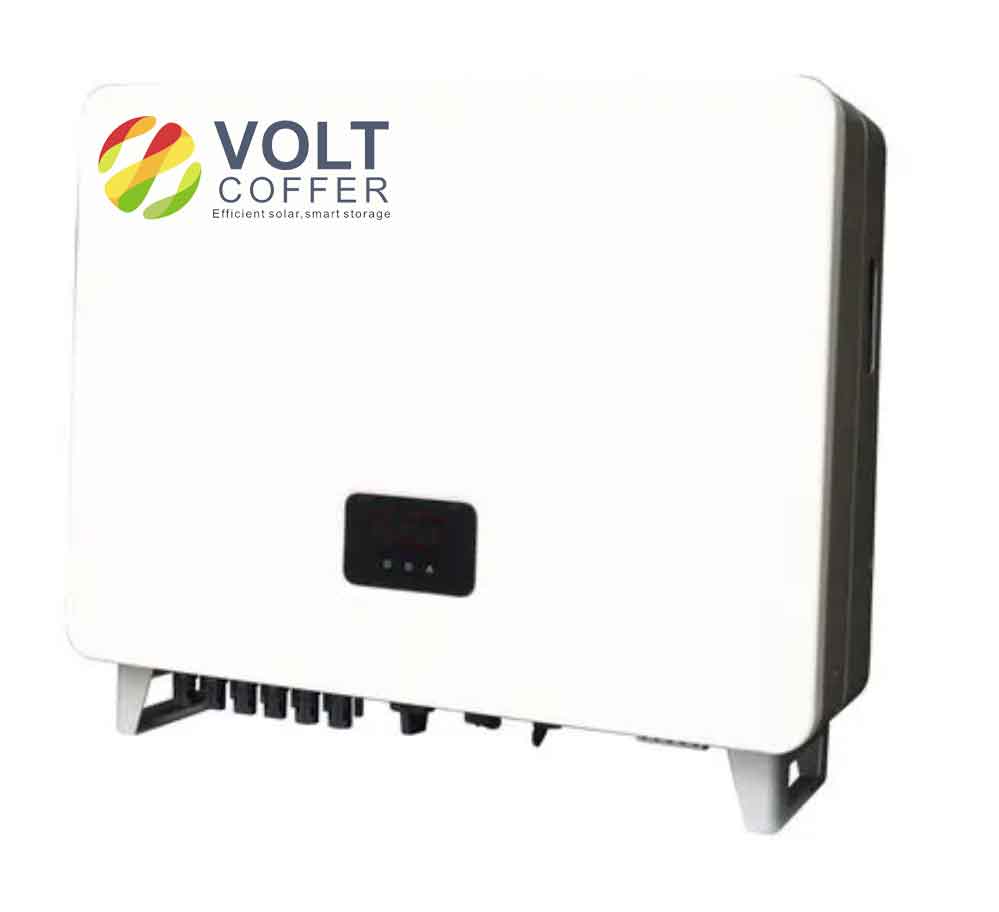
The comparative analysis of islanding inverter detection techniques in solar energy systems involves assessing various methods used to detect islanding situations, where a distributed generator like solar inverter continues to power a local area even when the main power grid is down. This condition can be dangerous and is undesirable for safety and regulatory compliance. Here’s a breakdown of common detection techniques and their comparative aspects:
- Passive Detection Techniques:
- Over/Under Voltage and Frequency (OUVF) Detection: This method monitors deviations in voltage and frequency from their nominal values. It’s simple and low cost but may fail to detect islanding quickly if the load and generation are well matched.
- Harmonic Detection: Analyzes the presence of specific harmonic patterns that emerge during islanding. While effective in many scenarios, it can be impacted by the harmonic content of the load.
- Active Detection Techniques:
- Slip Mode Frequency Shift (SMFS): This involves slightly shifting the frequency of islanding inverter’s output to force a measurable change in system frequency, which can indicate islanding. It’s generally reliable but can reduce power quality.
- Impedance Measurement: Measures the impedance of the grid to detect a disconnection. It can be very accurate but might be complex and expensive to implement.
- Communications-Based Techniques:
- Transfer Trip Schemes: Utilizes communication links to send signals from the utility to islanding inverter to command a shutdown if a grid outage is detected elsewhere. Highly effective but relies on robust communication infrastructure.
- Hybrid Techniques:
- Combine features of both passive and active methods to enhance detection accuracy and reduce non-detection zones (NDZ). These systems adjust dynamically to changing grid conditions and can provide superior performance at a higher complexity and cost.
Comparative Analysis
- Speed: Active and hybrid techniques generally offer quicker detection times compared to passive methods.
- Cost: Passive techniques are typically less expensive and simpler to implement than active or hybrid methods.
- Reliability: Communications-based and hybrid techniques are more reliable in detecting islanding across a variety of conditions.
- Impact on Power Quality: Active methods can affect power quality due to the intentional disturbances they introduce into the system.
- Complexity: Communications-based and hybrid systems are more complex and require more sophisticated infrastructure and management.
Each technique has its pros and cons depending on the specific requirements of a solar energy system, including size, location, grid compliance standards, and cost considerations. Choosing the right method involves balancing these factors to ensure both safety and efficiency.
